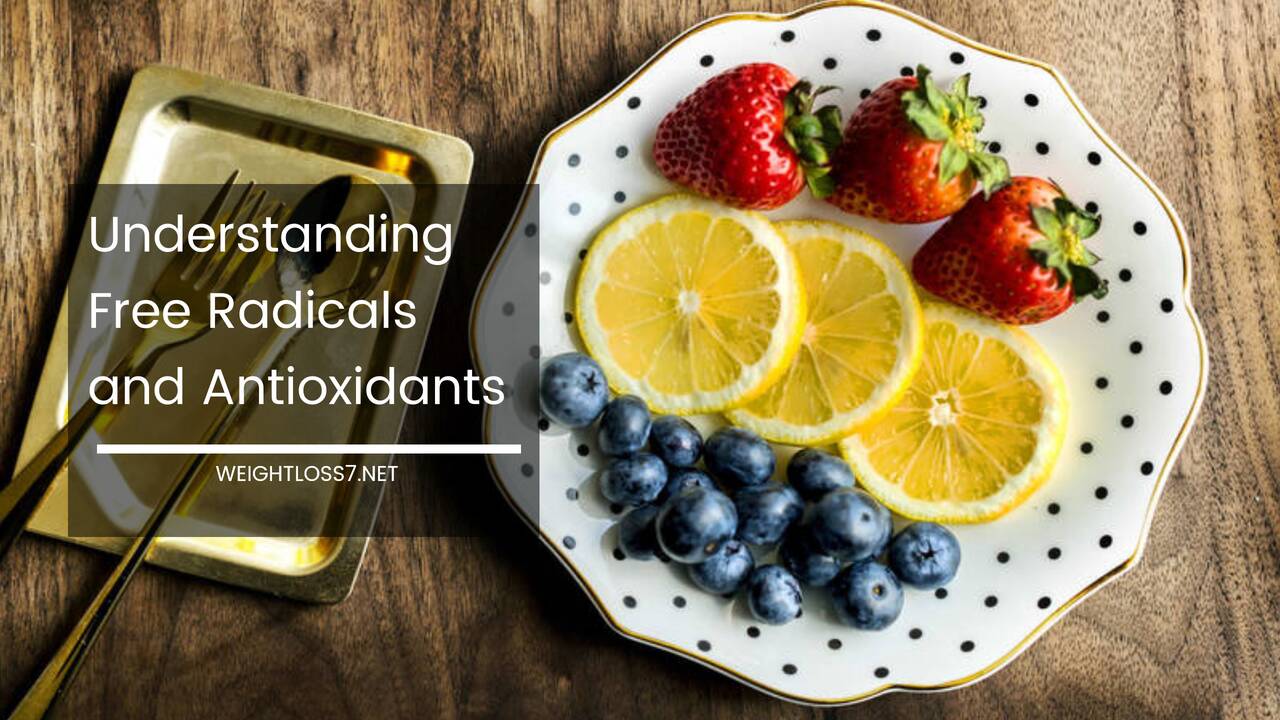Understanding Free Radicals and Antioxidants

Health science has routinely confused the layman for decades. Eggs were good for you. Then they became a health hazard.
Studies then showed specific cooking methods of eggs are the determining factor. Throughout it all, the media faithfully published every finding without the researchers’ nuance.
The media and food corporations are now on the free radical bandwagon. Since the 1950s, cellular ageing and free radicals were known to have some correlation.
A 2006 study for the National Academy of Sciences actually discovered calorie restriction of up to 50 percent reduced radical production and prolonged the life of rodents.
Researchers have found radical damage causes many degenerative diseases, and they are increasingly thought to play a strong role in physical degeneration.
What are Free Radicals?
During normal metabolic processes, the body produces a number of compounds. Carbon dioxide, for instance, is a product of respiration.
Some of these compounds, like CO2, are stable and easily eliminated. Others are highly reactive. The reactivity of free radicals is due to the unpaired electrons that allow bonding to cell structures.
Any biologically active molecule with unpaired electrons is referred to as a free radical. Oxygen radicals are produced by white blood cells to kill bacteria.
Reactive oxygen radicals are also created by the body for hormone synthesis and to speed the rate of DNA replication. These radicals are not inherently good or bad.
Certain radicals are extremely damaging, and they are created almost entirely by poor dietary choices and exposure to environmental toxins.
Ingestion of Teflon coating in non-stick cookware, fried foods and hydrogenated oils, sunburn, petroleum as exhaust or on the skin, and artificial food ingredients promote excessive radical formation.
What are Antioxidants?
Many micro-nutrients necessary to life are often referred to as antioxidants. The vitamin A in carrots, however, is not an antioxidant.
The ester form of the vitamin must be transformed into other forms with increasing antioxidant properties. Different forms are specific to different parts of the body. This is true of most essential micro-nutrients.
An exception is seen with flavonoids. These are protective chemicals in plants already in antioxidant form.
The pigments of berries, for instance, are active in an attempt to block damage from free radicals created by prolonged exposure to solar radiation.
Acai berries are found in the rainforest canopy under direct exposure to sunlight. they consequently have extremely high concentrations of antioxidants.
Can More Antioxidants Stop or Reverse Oxidative Damage?
Antioxidants are free radicals that neutralize damaging free radicals. The amount of antioxidants needed is dependent on the amount of free radicals. Excessive radicals damage every system and cause such changes as:
- Decreased cell permeability
- Membrane rigidity
- Inflammation of skin, blood vessels, and organs
- Suppressed hormone production
You should not necessarily avoid radical promotion. Everyone has to eat, after all, and some sun is good for you. Sunlight causes radical production for synthesis of antioxidant vitamin D.
Since antioxidants differ in their attraction for certain radicals and/or parts of the body, every effort is needed for a wide variety of antioxidants in th

















